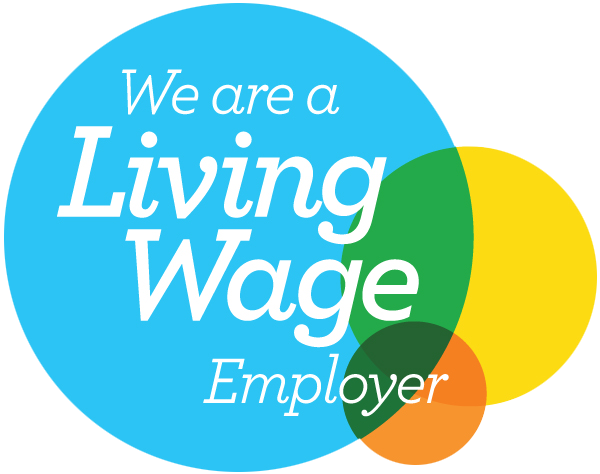
Our UK Reward Management Autumn Survey 2017 has captured the views of organisations across a range of industries and sectors, representing the pay and reward approach for employers of around 400,000 people.
The consistent picture that has emerged from our surveys over the last eight years has shown a general cautiousness amongst businesses in long-term planning. Ensuring that reward arrangements support ongoing recruitment and retention whilst working within cautiously tight budgets remains the status quo. The priority for 2017 continues to be meeting the immediate needs of the organisation.
It feels important to capture the market at this moment, particularly with Brexit negotiations underway, so that we can continue to track the economy during this uncertain period. Here are the five key trends from the autumn survey that have been indicative of the HR landscape throughout 2017.
Around half of organisations expect their order book, their business revenue and their business profitability to increase overall. Few predict any decreases in orders, revenues or profit. However, over the last year there has been a slight decrease in respondents predicting that their revenues would stay the same, whilst those predicting that their profitability will stay the same remains consistent.
This may suggest that businesses will be focusing on cost-saving efficiencies over the next few months, reigning in the already cautious budgets highlighted by our spring report. The spring report captured wider HR budgets and reflected the fact that HR teams are being asked to deliver the same services to the business with increasingly tightened budgets. Fewer than 20 per cent had expected a budget increase for day-to-day HR activity costs in our spring report.
Expectations for future pay review budgets remain consistent with previous years. Pay budgets have experienced very little movement. There have been some occasional signs that pay and reward was set to increase, but this is yet to happen.
Pay review budget levels decreased in 2016 by half a per cent to two per cent and have remained at this level in 2017, as previous editions of our survey predicted. The median pay budget expectations are incrementally higher for 2018 than 2017, reflecting the cautiously optimistic approach that looks set to continue into 2018.
Two thirds expect the number of people receiving bonuses in 2018 to be unchanged from 2017, with bonus levels remaining significantly higher for Directors. Maximum bonus levels are consistent with previous years and payments are generally close to the on-target levels, suggesting performance is aligned with targets.
Similarly, Long-Term Incentive Plans (LTIPs) were only relevant to 39 per cent of respondents. For those who did operate the scheme, they were linked to senior roles and responsibilities.
Gender pay gap reporting is a key item on the agenda ahead of the compulsory reporting deadline in 2018. A quarter of respondents said it was too early to tell when they plan to publish compulsory gender pay data. The most popular month to publish is March 2018, just ahead of the deadline or during the deadline month of April itself.
In terms of what stage respondents are at in preparing for reporting, a significant proportion are still at the planning stage (22 per cent), but this is an improvement from last year (56 per cent). The necessary preparations are underway for more respondents this year, with 43 per cent having completed the overall planning compared to 10 per cent last year. Of the eight per cent who responded that this was not on their agenda, these are likely to be employers who do not have to report on the gap (as they have under 250 employees).
Respondents highlighted how unexpectedly complex they had found the methodology involved in calculating their reports. Both interpreting the legislation (how to treat part-time roles and bonusable salaries) and the calculation itself (defining the term ‘employee’) were flagged as less straightforward than anticipated. There was a continued focus on how employers can best explain the data and what it means to key stakeholders.
Following the levy’s introduction this year, more respondents reported that the number of apprentices would increase (42 per cent) than they did in the spring report (33 per cent). This is consistent with the aims of the levy, as it intends to create three million jobs by 2020.
Apprenticeships appear to be a positive investment for employers in general, with an average 79 per cent retention rate following completion. Consistent with the spring survey, 70 per cent of employers reported that they intend to expand the range of jobs trained for via apprenticeships and nearly 50 per cent intend to provide apprenticeships at a higher level.
Sign up for briefings on pay benchmarking, salary surveys, reward strategy and statistical updates.
sign up for updates
© Paydata Ltd 2025 All rights reserved.
Registered in England no: 3632206
VAT no: 728 0808 28
Paydata Ltd, 24 Commerce Road, Lynch Wood, Peterborough, Cambridgeshire, PE2 6LR

